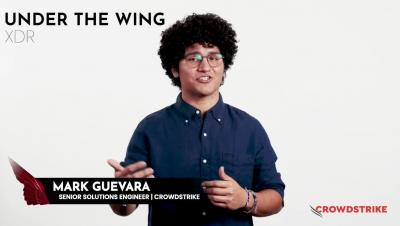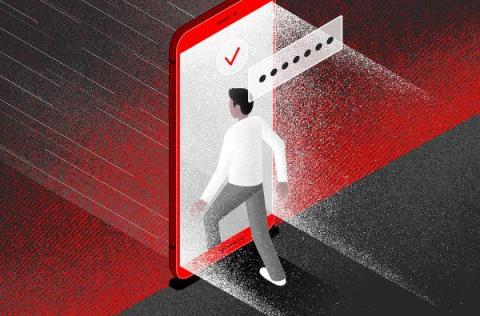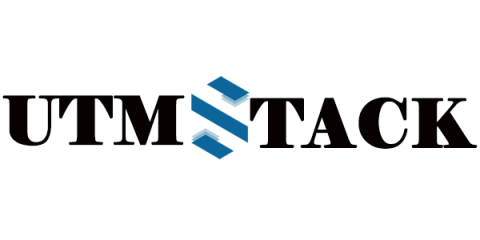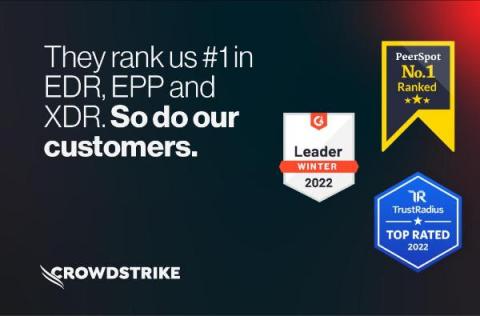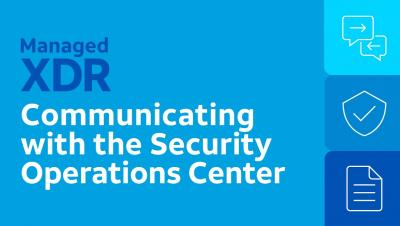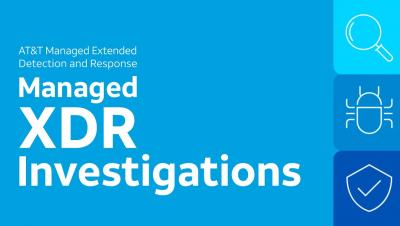Security | Threat Detection | Cyberattacks | DevSecOps | Compliance
XDR
What is XDR (Extended Detection and Response)?
Automating SOC Operations: Tips for Embarking on an XDR Journey
Cybersecurity automation is a hot topic as organizations wrestle with the challenges of increasing attack volumes, cybersecurity skill shortages, and how to make the best use of limited resources to protect the enterprise. However, when it comes to implementing automation with a target of achieving extended detection and response (XDR), it can be hard to know where to start and how to build a case for investment.
3 Easy Steps for End-to-End XDR with CrowdStrike and Zscaler
Hybrid working models have increasingly become the normal way of doing business. Employees are working from anywhere, users and their devices are moving on and off the office network, and many applications once hosted in data centers are now moving to public clouds or being replaced with software as a service (SaaS).
Are XDR System replacing SIEM?
XDR (Extended Detection and Response) systems and SIEM (Security Information and Event Management) systems share some similarities, but they are not exactly the same and do not necessarily replace each other. XDR systems are a newer technology that is designed to provide organizations with a more comprehensive view of their security posture by collecting and analyzing data from multiple sources, such as endpoints, networks, and cloud environments.
Our Customers Have Spoken: CrowdStrike Delivers the Best in EDR, EPP and XDR
Time and again, analyst reports, independent tests and numerous other awards and acknowledgements affirm CrowdStrike is a leader in cybersecurity. Why is this important? Because when CrowdStrike is #1, it’s our customers who win. But to us, the best validation of the power of the CrowdStrike Falcon® platform comes from our customers themselves. We are proud to have earned the trust of so many organizations — over 20,000 customers and counting — around the world.





